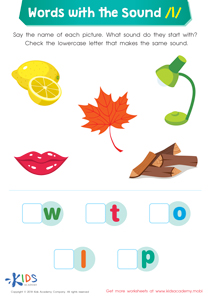Fine Motor Skills Uppercase Letters Worksheets for Ages 5-9
7 filtered results
-
From - To
Enhance your child's fine motor skills with our engaging uppercase letters worksheets designed specifically for ages 5-9! These fun and interactive activities not only promote letter recognition but also help develop essential hand-eye coordination and dexterity. Through tracing, coloring, and other hands-on tasks, children will gain confidence and proficiency in writing uppercase letters. Our worksheets are thoughtfully crafted to appeal to young learners, making practice both enjoyable and effective. Perfect for classroom use or home learning, these resources are ideal for fostering early literacy while strengthening your child's fine motor abilities. Explore our collection today and watch your child blossom!


Uppercase Letters Maze Worksheet
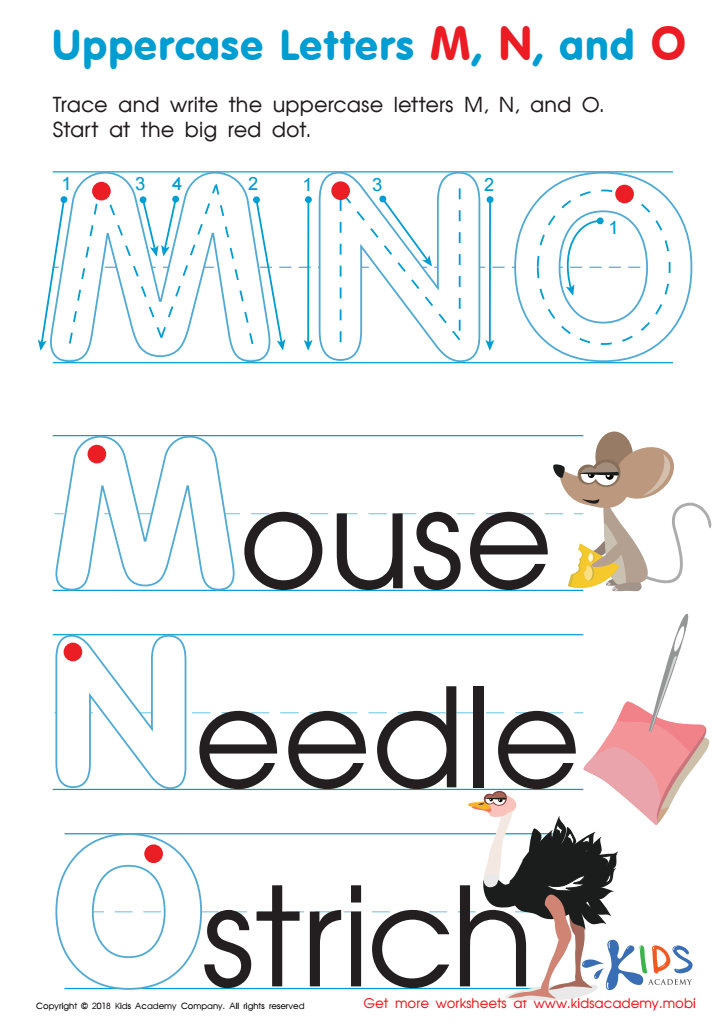

Uppercase Letters M, N, and O Worksheet


Find Uppercase Letters A, B, and C Worksheet


Find Uppercase Letters V, W, X Worksheet
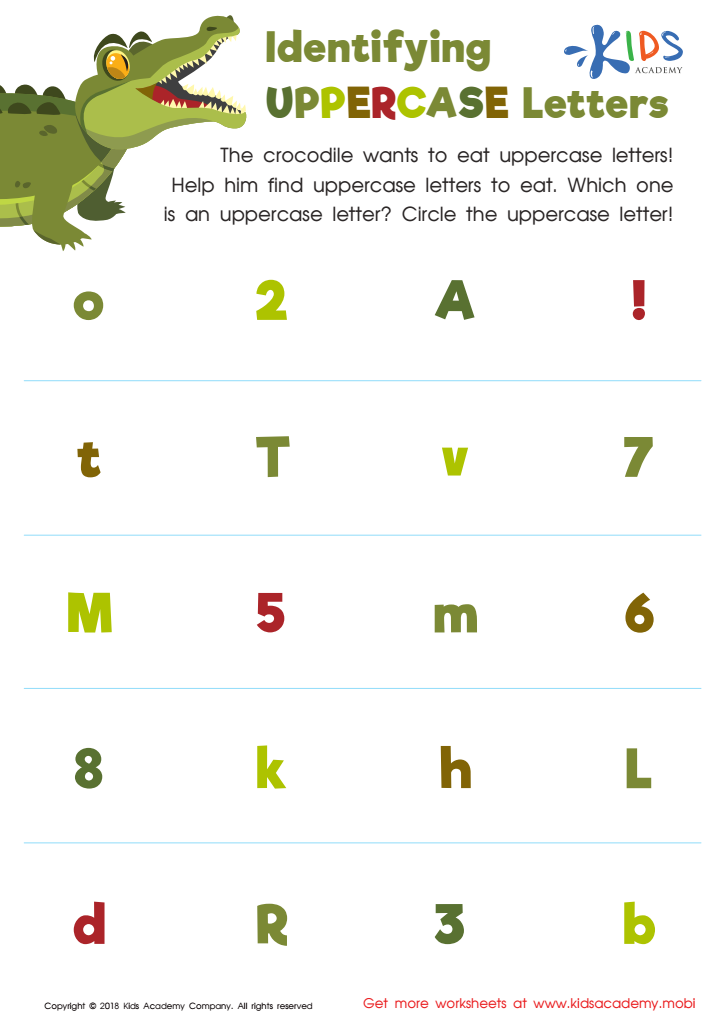

Identifying Uppercase Letters Worksheet
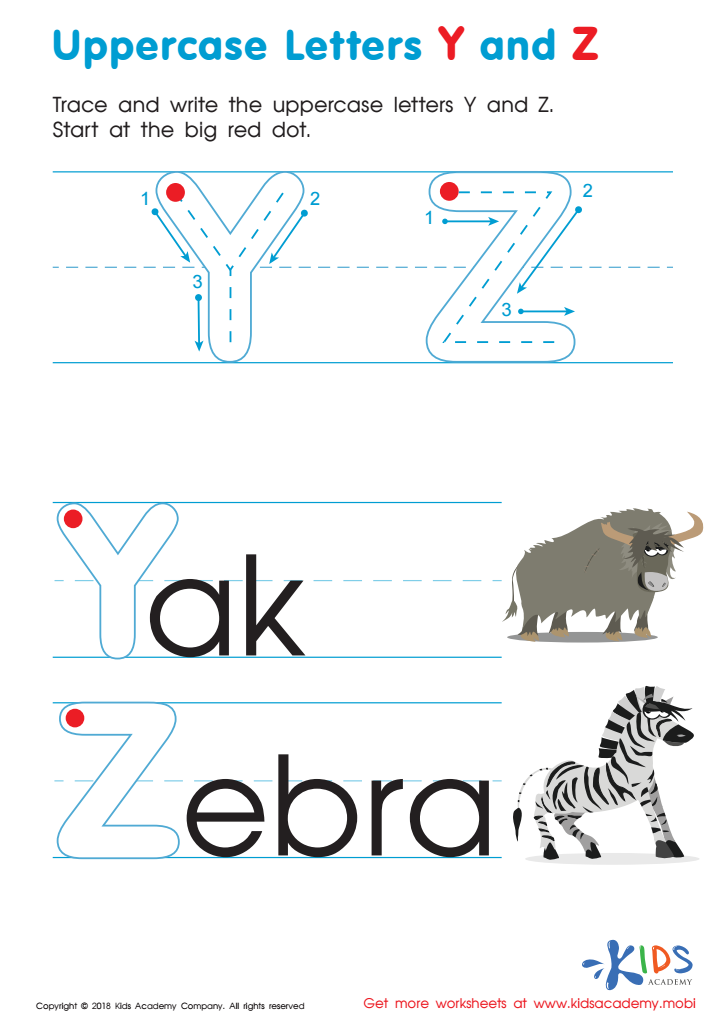

Uppercase Letters Y Z Worksheet
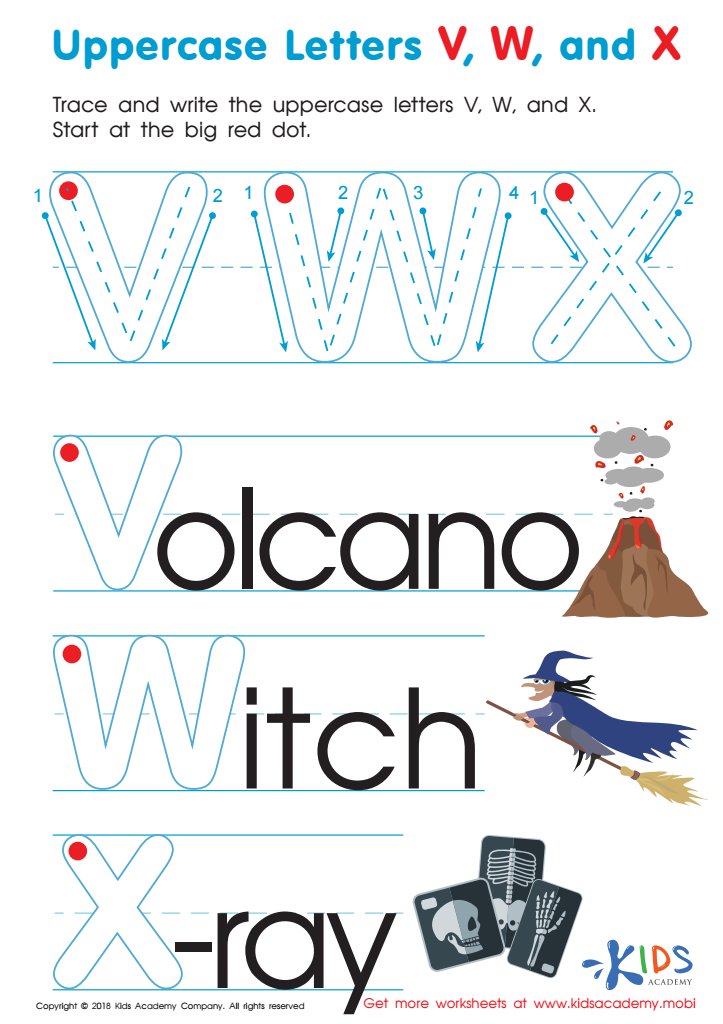

Uppercase Letters V, W, and X Worksheet
Fine motor skills, particularly in relation to writing uppercase letters, are crucial for children aged 5-9 for several reasons. First, these skills are foundational for effective handwriting, impacting a child’s ability to express ideas on paper. As they begin to write words and sentences, developing precise control over their pencil grip, letter formation, and spacing fosters confidence and encourages them to communicate more freely.
Furthermore, mastering uppercase letters helps in distinguishing various letter shapes and reinforces early literacy skills. As children learn to recognize and write uppercase letters, they enhance their understanding of the alphabet, paving the way for improved reading fluency and comprehension.
Additionally, fine motor development plays a significant role in a child’s overall cognitive and physical development. Activities involving writing uppercase letters strengthen hand-eye coordination and boost hand strength, essential skills that transfer to other tasks like buttoning shirts, using scissors, or playing sports.
In essence, nurturing fine motor skills related to writing uppercase letters not only equips children with essential academic tools but also fosters independence and enhances their problem-solving abilities, making it a pivotal aspect of early education and development. Parents and teachers should collaborate to create engaging activities that support this crucial growth phase.

 Assign to My Students
Assign to My Students













